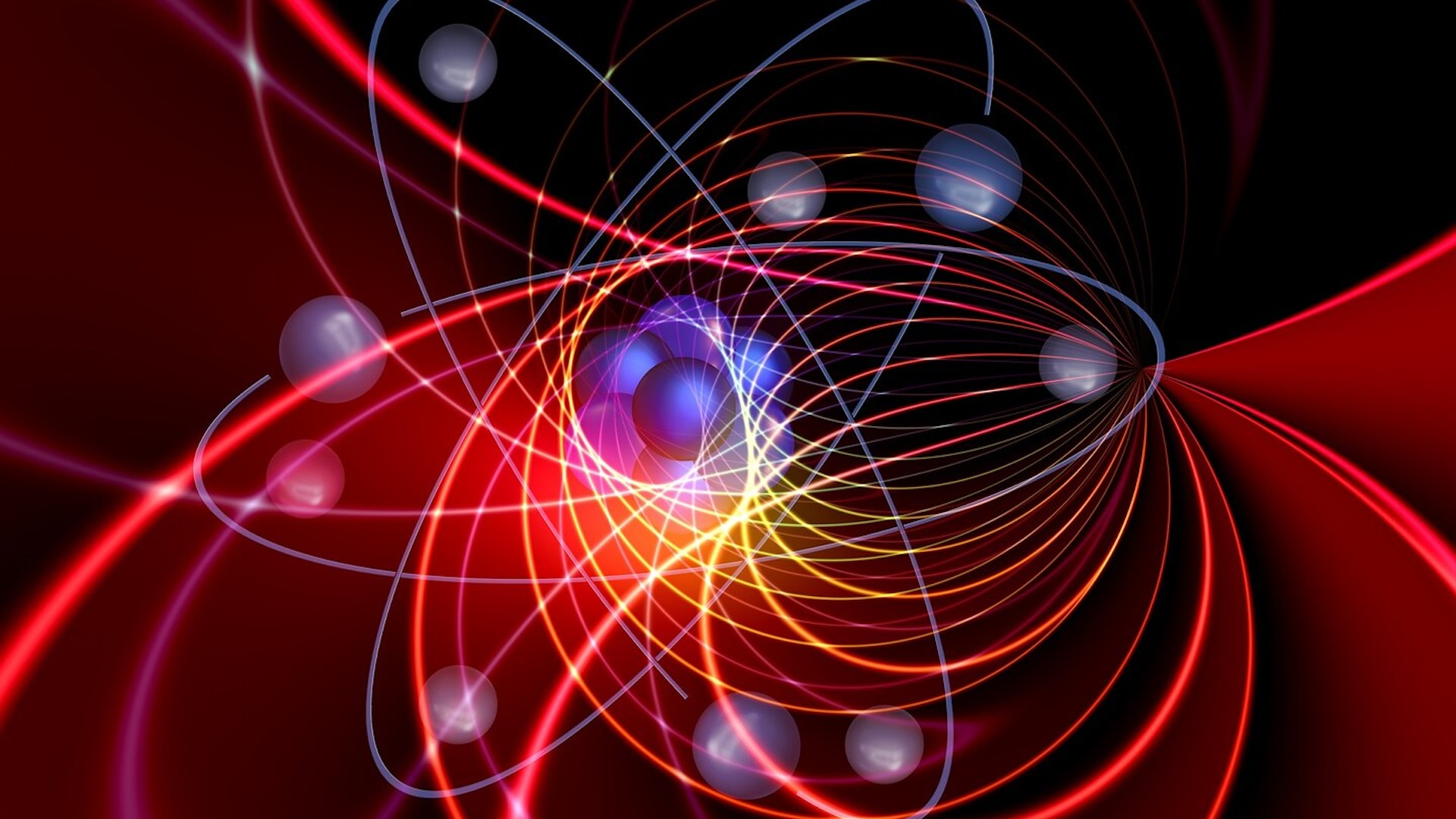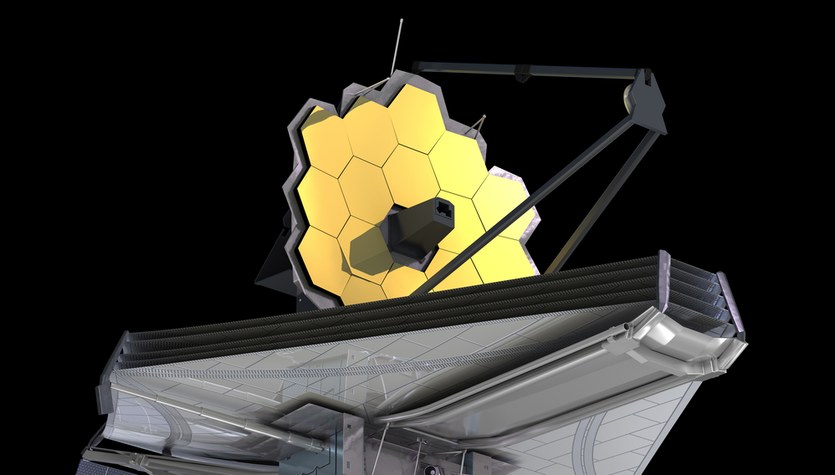They came across quite unusual vortices Scientists from the Weizmann Institute of Science While working on using photons to analyze data in quantum computers. In their latest work, the scientists suggest that a microscopic vortex is created when two photons collide. This discovery, on the one hand, enriches our knowledge of vortices themselves, and on the other hand, it may actually contribute to increasing the efficiency of data analysis in quantum computers.
However, it is useful to pause on these specific collisions for a moment. However you look at it, we are talking about collisions, or rather interactions, between photons, that is, particles of light that also behave like waves. However, photons alone are not enough for such reactions, but also the material that will serve as a background for them.
Read also: Photons collide with each other. The effect has exceeded scientists’ wildest expectations
Creating a controlled environment to study such behavior was no easy task. The scientists created a 10-centimetre-diameter glass chamber containing only rubidium atoms, which were compressed so tightly in the center of the chamber that they formed a dense cloud about 1 millimeter long.
The photons were then emitted into the prepared rubidium gas cloud, and their condition was examined after passing through the cloud. In their study, the scientists investigated whether the emitted photons interact with each other in any way.
What does a photon do when it passes through such an environment?
As the researchers describe in their work, the photon is able to excite atoms in its path. This excitation is manifested in the fact that the electrons of this atom move to a higher orbit around the atomic nucleus. This orbit is a thousand times wider than the orbit of the electron in an unexcited atom. The electric field generated in this way directly affects the atoms in its immediate surroundings. The second photon that flies near the atoms excited in this way changes its speed under its influence.
Therefore, since both photons are flying close to each other at different speeds, we have the same situation as in the case of masses of air or water flowing next to each other. When the touching masses have different velocities, vortices are created. The same applies to the case of photons.
Read also: Physicists search for the mysterious dark photon. Its position is indicated by another elementary particle
During the experiments, scientists recorded something very interesting. Two photons passing through the rubidium cloud at a sufficiently close distance from each other created a pair of vortices. In each of these vortexes, the photons were displaced a full 360 degrees, and no photons were found at the center of each vortex.
At the end of the series of experiments, the scientists also observed interactions between not just two photons, but three photons. In this case, a specific 3D vortex resulting from the interaction of the three photons is observed. Scientists point out that we are talking about a scale and environment that we do not deal with on a daily basis. Despite this, the eddies that arise there are similar in every respect to those we know from our surroundings.
In studies already planned, scientists plan to collide photons with each other to study how they behave in such a situation. Precise determination of the behavior of photons should, over time, enable their use as qubits in quantum computers, the capabilities of which increase every year.

Echo Richards embodies a personality that is a delightful contradiction: a humble musicaholic who never brags about her expansive knowledge of both classic and contemporary tunes. Infuriatingly modest, one would never know from a mere conversation how deeply entrenched she is in the world of music. This passion seamlessly translates into her problem-solving skills, with Echo often drawing inspiration from melodies and rhythms. A voracious reader, she dives deep into literature, using stories to influence her own hardcore writing. Her spirited advocacy for alcohol isn’t about mere indulgence, but about celebrating life’s poignant moments.









